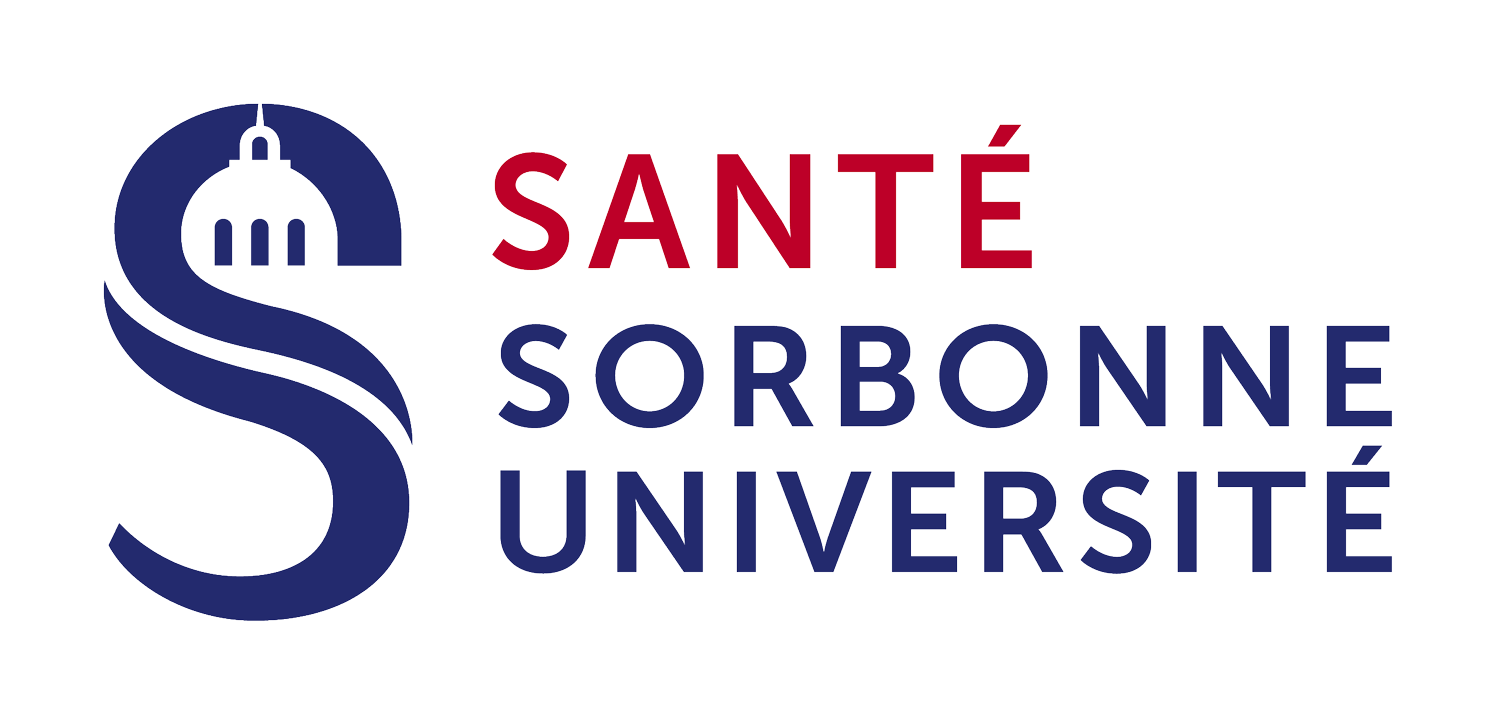Towards Reducing Socio-Economic Inequalities Related to Smoking
In France, despite the recent historic decline in smoking prevalence across all social classes, smoking prevalence remains high (31% of adults report smoking and 25% are daily smokers), particularly among individuals with low socio-economic status - for example, among people on low incomes, smoking rates are significantly higher and appear to have increased in the context of the COVID-19 health crisis (from 29.8% to 33.3% between 2019 and 2020). While smoking rates among young people appear to be declining over time (34.1% of 17-year-olds reported smoking in the previous year in 2018, compared with 43.8% in 2014) Check here, smoking cessation rates among the adult population are likely to have stalled. Furthermore, alongside smoking, vaping has increased over time, both as a smoking cessation tool for around 3% of the adult population, but also as a substance used by teenagers (52.4% of 17-year-olds reported ever using an e-cigarette in 2018, with a majority using it occasionally) Check here. Although to date there is no evidence that vaping is leading to higher levels of tobacco consumption among teenagers in France, this trend will need to be monitored over time. While smoking rates are declining over time, social inequalities in this area are increasing and require particular attention from researchers (to understand the underlying mechanisms) and public health and medical practitioners (to include actions to reduce inequalities in existing and planned tobacco control efforts, both at the population and individual levels).





